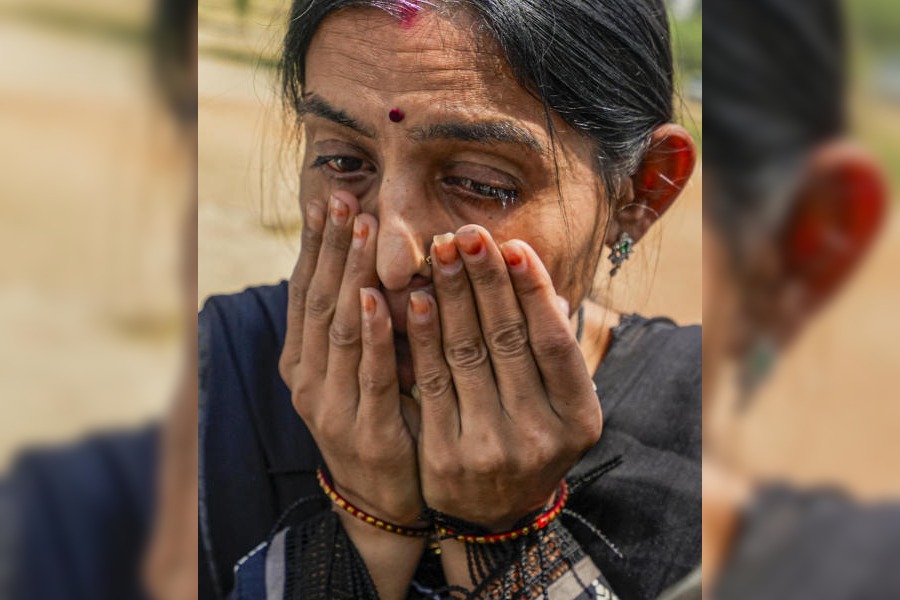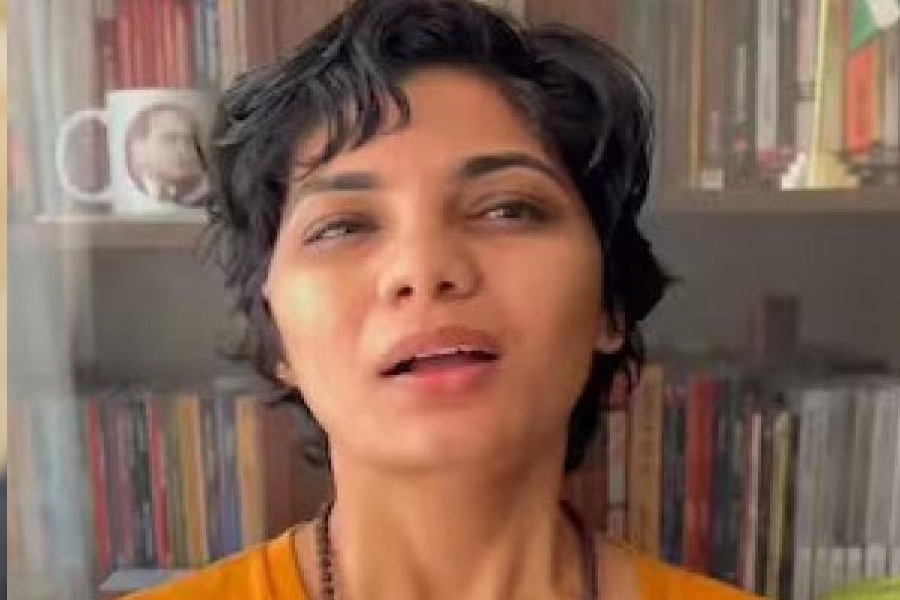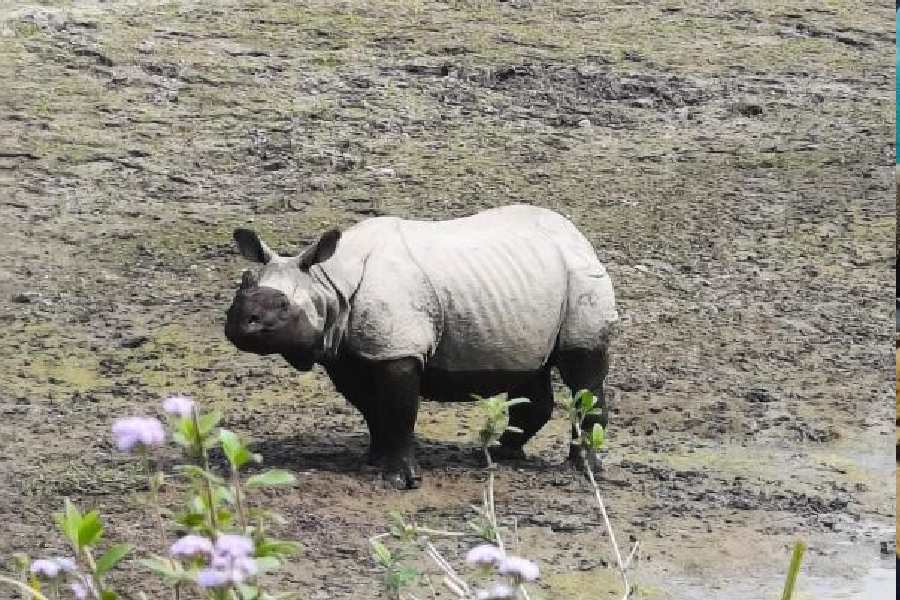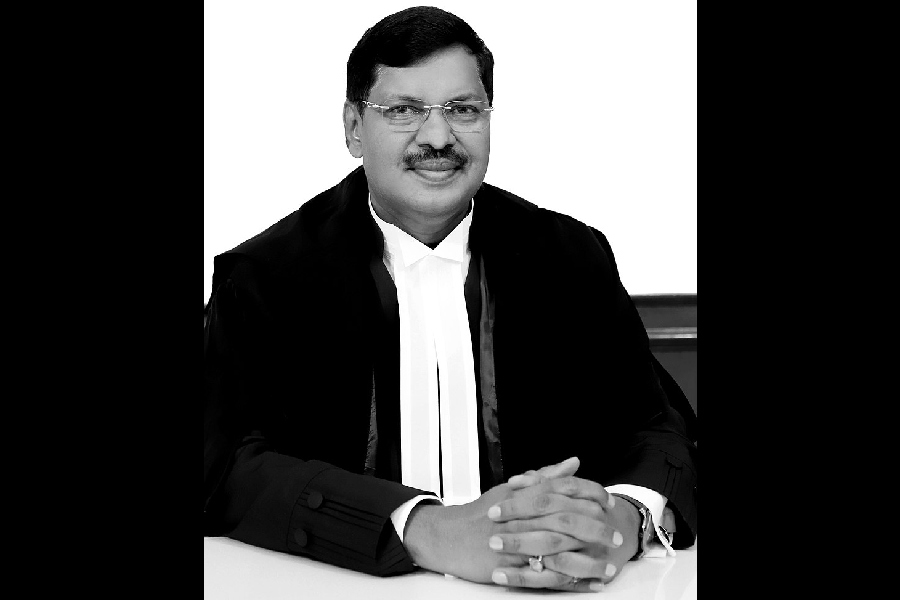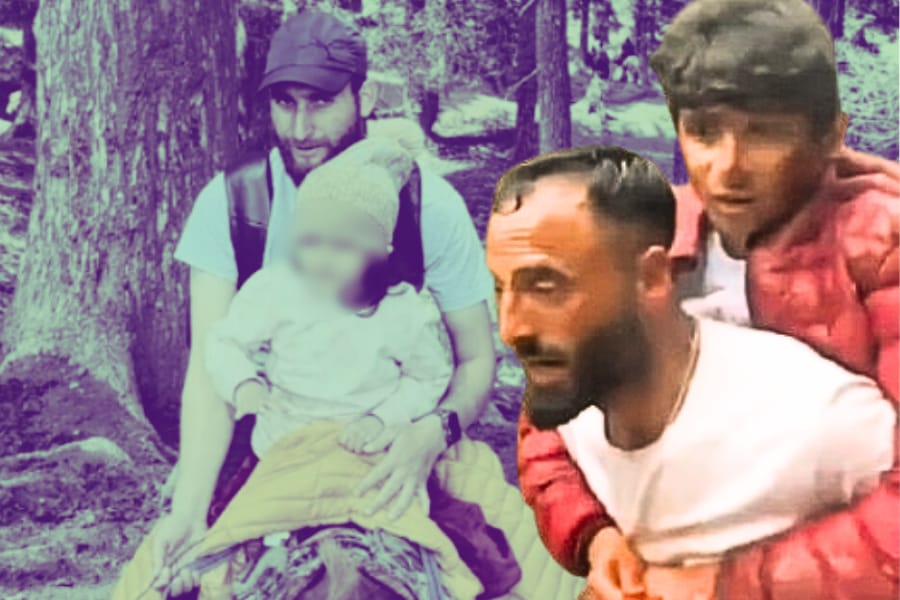The narration ends with Manipur Maharaja Bodhchandra Singh and the Indian representative Prakash, governor of Assam, signing the controversial merger agreement on September 21, 1959, in Shillong, clearing the decks for Manipur’s merger with the Indian Union on October 15 the same year.
These exquisite paintings are the result of Singh’s 10-year-long tireless effort. “I spent 10 years to fulfil my dream of an art gallery that could relive the major historical events of Manipur,” Singh explains.
Research alone took five years. “The art part was easy, the more difficult was the research,” says Singh, who has witnessed some of the events depicted on the canvases.
After a visit to the gallery at Imphal’s Keisha Mthong area, one is updated on the two-and-a-half centuries’ history of this small state.
The works include signing of the Treaty of Chittagong (1762) between Manipur and the British, the first agreement for an alliance between the two sovereign entities. Another painting captures the hoisting of the Indian National Army flag by soldiers of Netaji Subhas Chandra Bose’s Azad Hind Fauj at Moirang, on the fringe of Loktak lake during the World War II.
Frames of the killing of Grimwood, political agent and beheading of Quinton, chief commissioner of Assam (1891), show the casualties of war.
The art gallery also includes 40 paintings on Manipur’s culture with the one on raslila dance attracting most attention.
Singh, a descendant of Maharaja Bheigyachandra, was a successful painter when he ventured into the project. He had held exhibitions of his works in different parts of the country and some of them had found pride of place in individual homes and corporate houses. But he yearned for more.
It was a strong urge to tell the history of Manipur through the medium of painting that forced him to take up the project. Moreover, the outside world’s ignorance about Manipur left him disappointed and bitter. “I was once asked whether I am from Bhutan or Vietnam,” Singh says.
Even in Delhi, people do not know where Manipur is. “Hence, I decided to introduce Manipur to the world through paintings. The art gallery is the result,” he adds.
The first exhibition of the historical paintings was held at Imphal’s Gandhi Memorial hall in June 1990. The response it evoked encouraged him even more.
Today, with his dream “fulfilled,” Singh is a happy man. More so because his art gallery has become a major tourist attraction of the state. Both foreign and domestic tourists as well as VIPs and foreign dignitaries visiting Manipur make it a point to drop in at the gallery.





